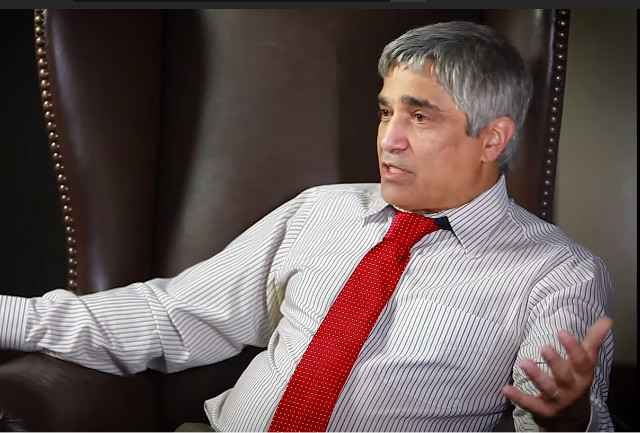
Looking for a way to get online education on Sacred Music? The Sacred Music Institute of America is offering a range of courses for the fall, including a course taught by CMAA President, Dr. William P. Mahrt.
From the Sacred Music Institute of America’s press release:
In today’s rapidly-shifting environment of changing regulations and guidelines, the Sacred Music Institute of America, LLC stands by its commitment to provide high-quality educational experiences to meet the needs of sacred musicians beyond the confines of traditional academic programs. This fall, we are honored to welcome Dr. William Mahrt to the faculty for a ten-week online course in Gregorian Chant. “Gregorian and English Chant I” is a beginning course in chant which will proceed from reading and singing of the simplest chants and the study of their liturgical function and include chants of progressive difficulty for the priest, people, and choir in both English and Latin.
In all of these categories, the study will proceed through chants of progressive difficulty, with priest’s prayers, versicles and responses of priests and people, chants for the Ordinary of the Mass in English and Latin for the congregation, and chants for the proper of the Mass in English for the choir. For the proper of the Mass, chants of progressive difficulty will be studied, based upon The Proper of the Mass for Sundays and Solemnities of Fr. Samuel Weber, O.S.B. (San Francisco: Ignatius Press, 2014). The beauty of the chants as integral to the liturgy will be a consideration.
Dr. Mahrt also teaches musicology and the performance of Medieval and Renaissance music at Stanford University.
The Institute’s fall offerings also include online courses in “The History of Sacred Music,” “Music Theory I,” private lessons in organ, voice, and conducting, and mentoring for church musicians. All fall classes begin on August 24. More information is available at www.sacredmusicinstitute.org or by contacting the Institute at 614-395-7783 or administrator@sacredmusicinstitute.org.
The cost for registration in the 10-week courses will be $850, with various pricing for private lessons, depending on the teacher.
Download the flyer: FLYER


